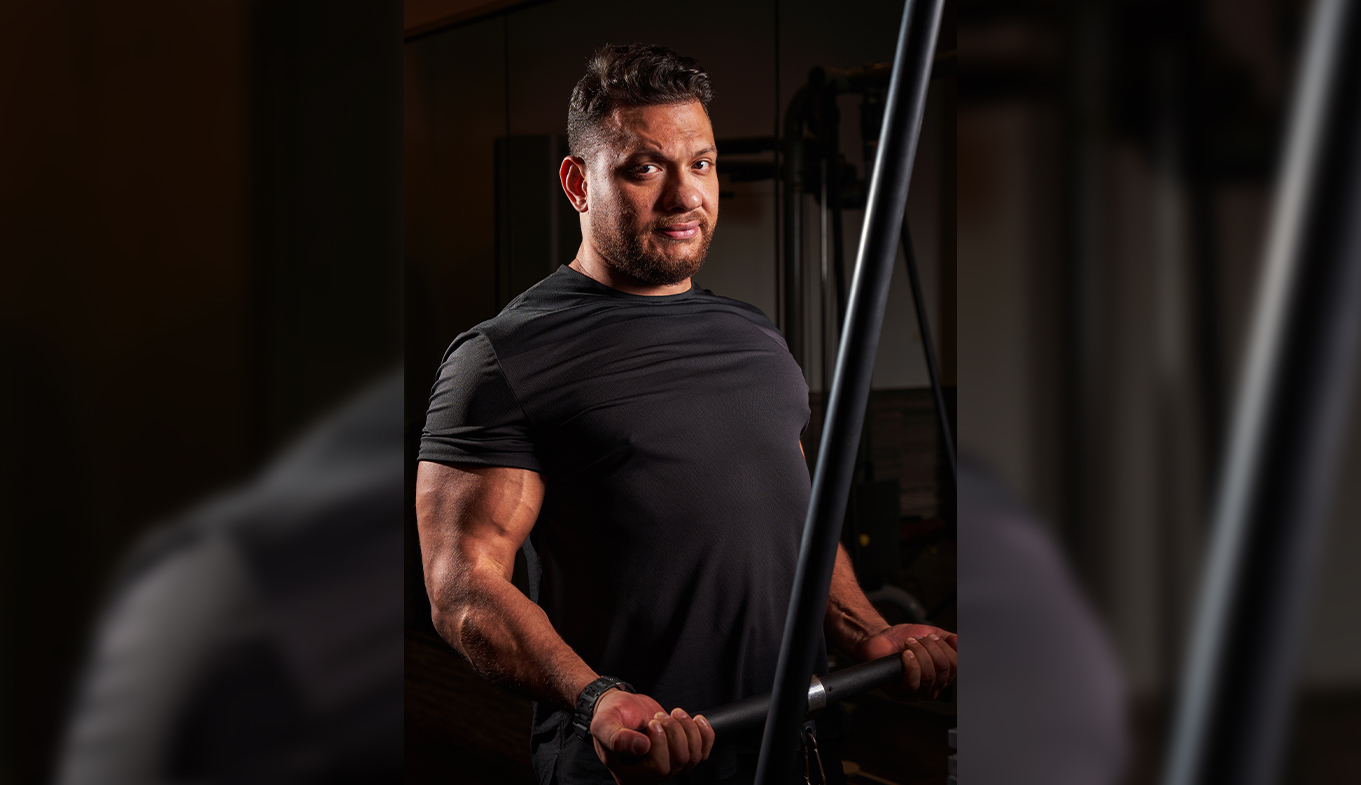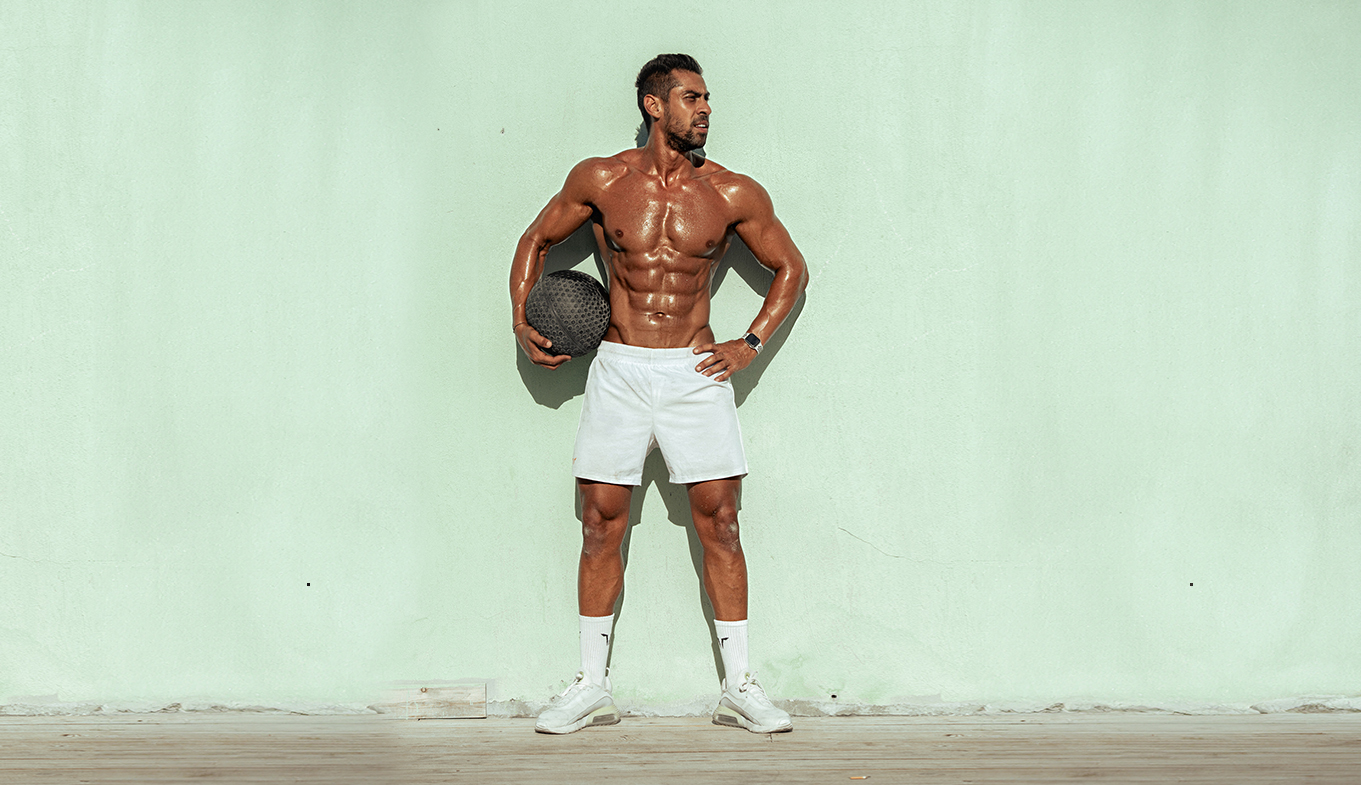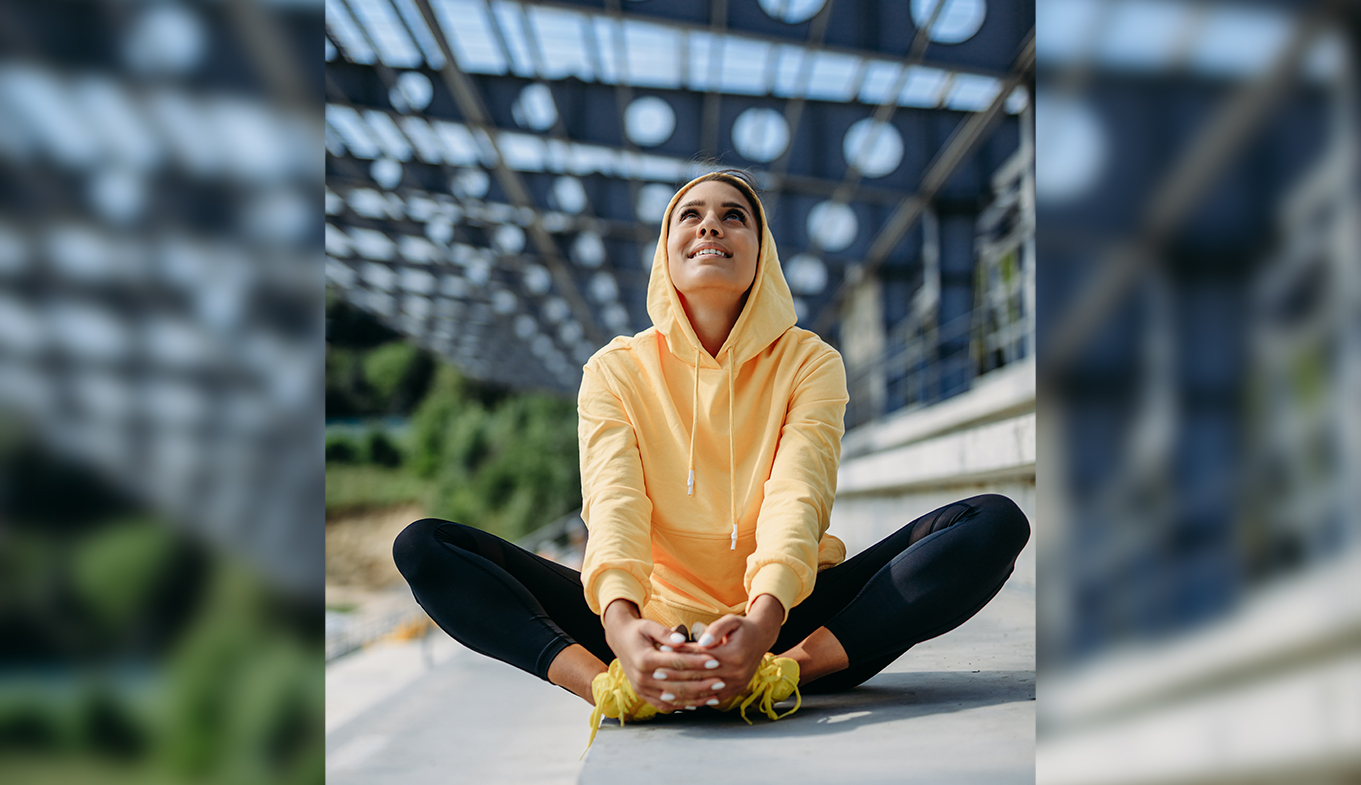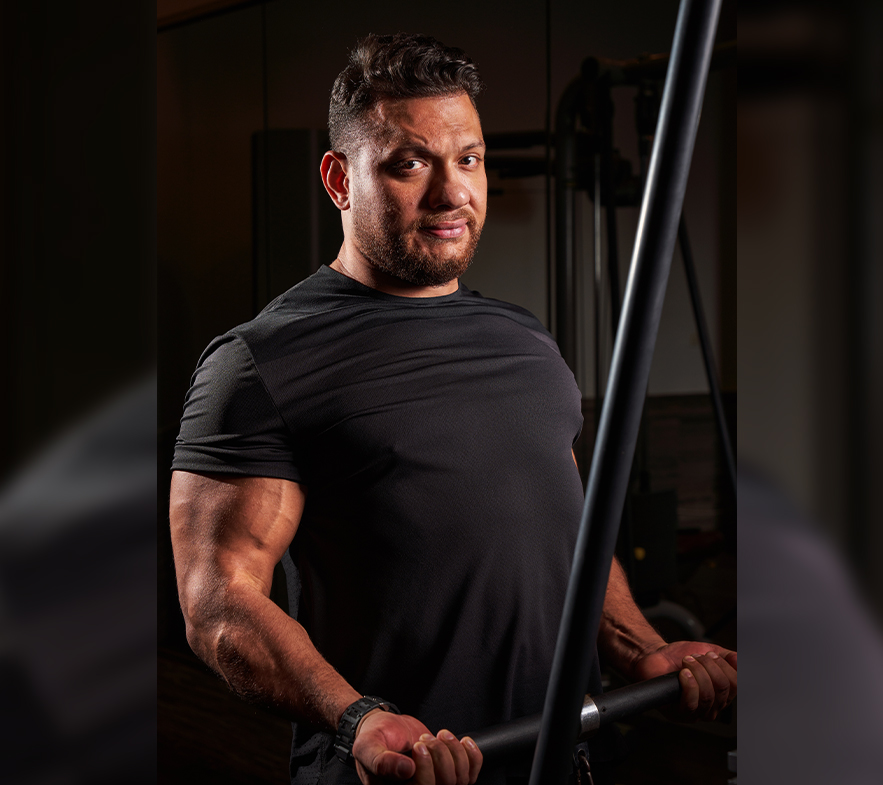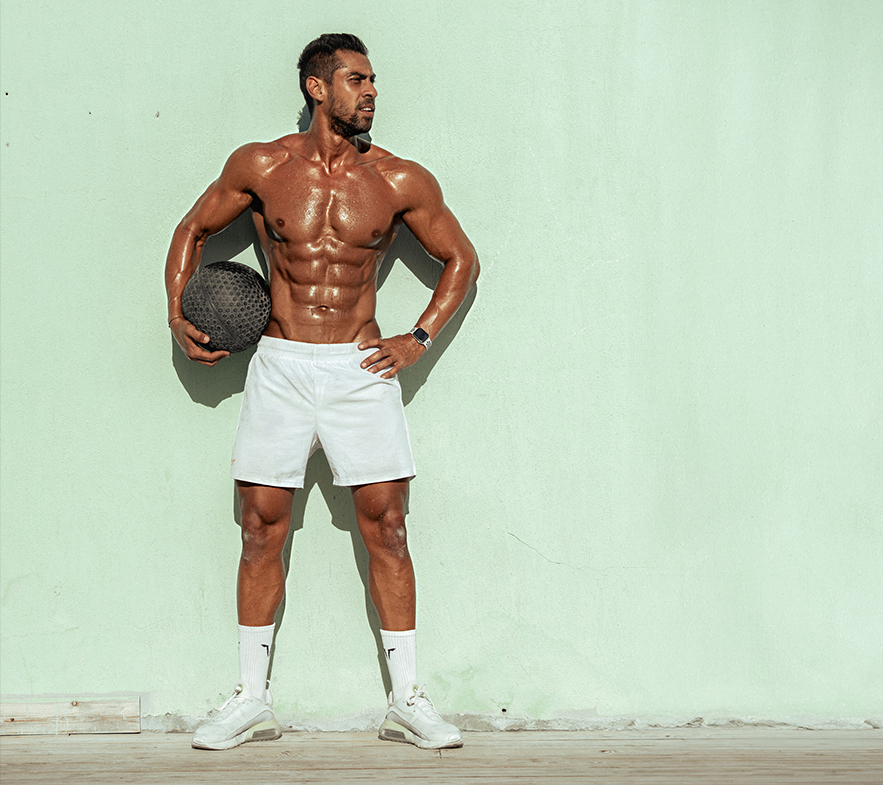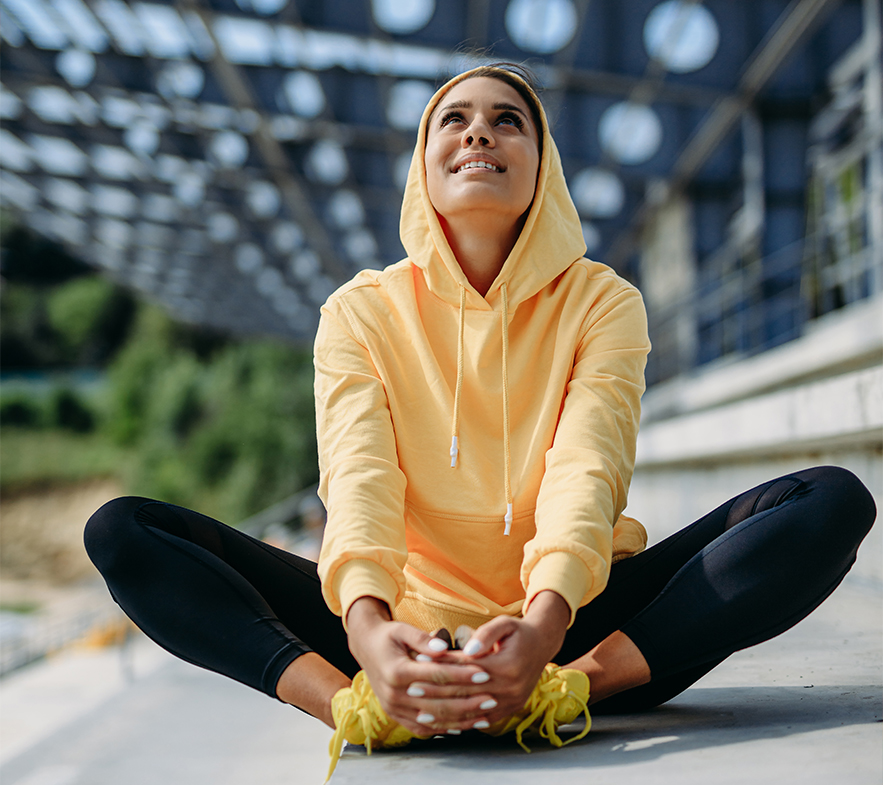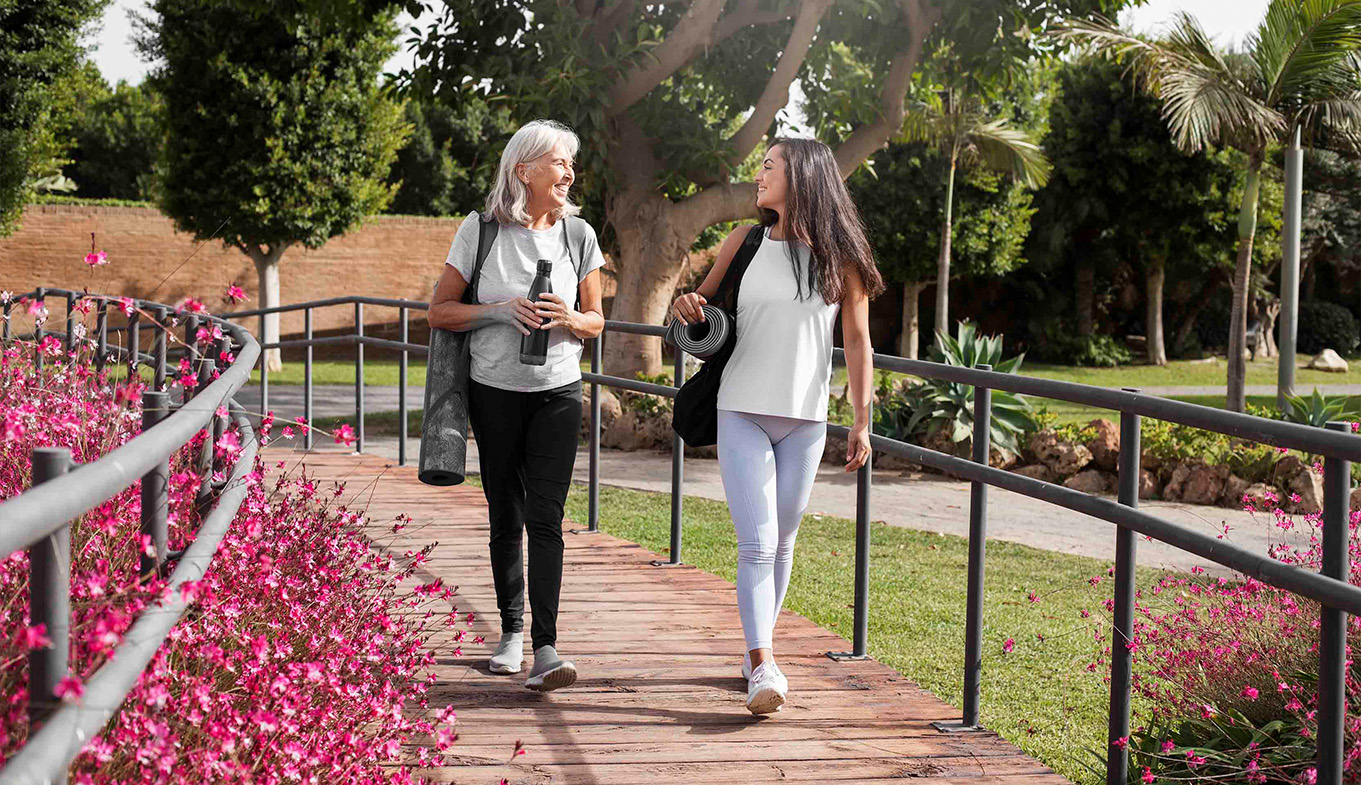Step up to a Healthier You: The Benefits of for the Elderly
Many people, particularly the elderly, may assume that sports and physical exercise involve rigorous activities such as boxing, wrestling, and marathons. However, this is not entirely true, as not all sports require hard and challenging physical activities. For example, sports walking is a simple yet effective physical activity that can benefit people of all ages and genders, helping prevent and treat many chronic diseases such as cardiovascular disease, diabetes, obesity, and high blood pressure. Walking requires nothing more than a pair of shoes, a path, and a friend or companion.
The Surprising Benefits of Walking
Walking is one of the best sports activities and exercises for the elderly, offering numerous physical, psychological, and social benefits. Many people, particularly the elderly, tend to overlook the benefits of walking, but it is an easy and effective activity that can benefit people of all ages and genders. Walking supports the cardiovascular system, increases endurance, strengthens muscles, stabilizes joints, and maintains the strength and toughness of bones, helping prevent chronic diseases. All of these benefits can be achieved through just 25 minutes of walking each day.
Walking is Easy and Affordable
Public health and fitness doctors agree that walking is the most affordable physical activity, as it does not require expensive tools or devices such as squash games or terrestrial tennis. All you need is a pair of good shoes that fit properly. This makes walking an ideal activity for older people and those with other health problems, as it is low-impact and can be done at a comfortable pace.
Reminder
Walking is a simple and effective physical activity that can benefit people of all ages and genders. It can help prevent and treat chronic diseases such as cardiovascular disease, diabetes, obesity, and high blood pressure, and offers numerous physical, psychological, and social benefits. Walking is easy, affordable, and requires nothing more than a pair of shoes, making it an ideal activity for the elderly and those with other health problems. So, put on your walking shoes and start walking towards a healthier and happier life!
Many people associate sports and physical exercise with strenuous activities such as boxing, wrestling, running, marathons, and other games, which may not be suitable for them physically or socially. However, this belief is not entirely true, as not all sporting activities are hard and physically demanding. Sports walks, for example, are simple and effective physical activities that improve the health and strength of the body and help prevent and treat many chronic diseases, such as cardiovascular disease, diabetes, obesity, and high blood pressure. Regardless of age, anyone can benefit from walking, whether they are a woman, young man, or an elderly person. All that is needed for walking is a pair of shoes, a path, or a walking route with a friend or companion.
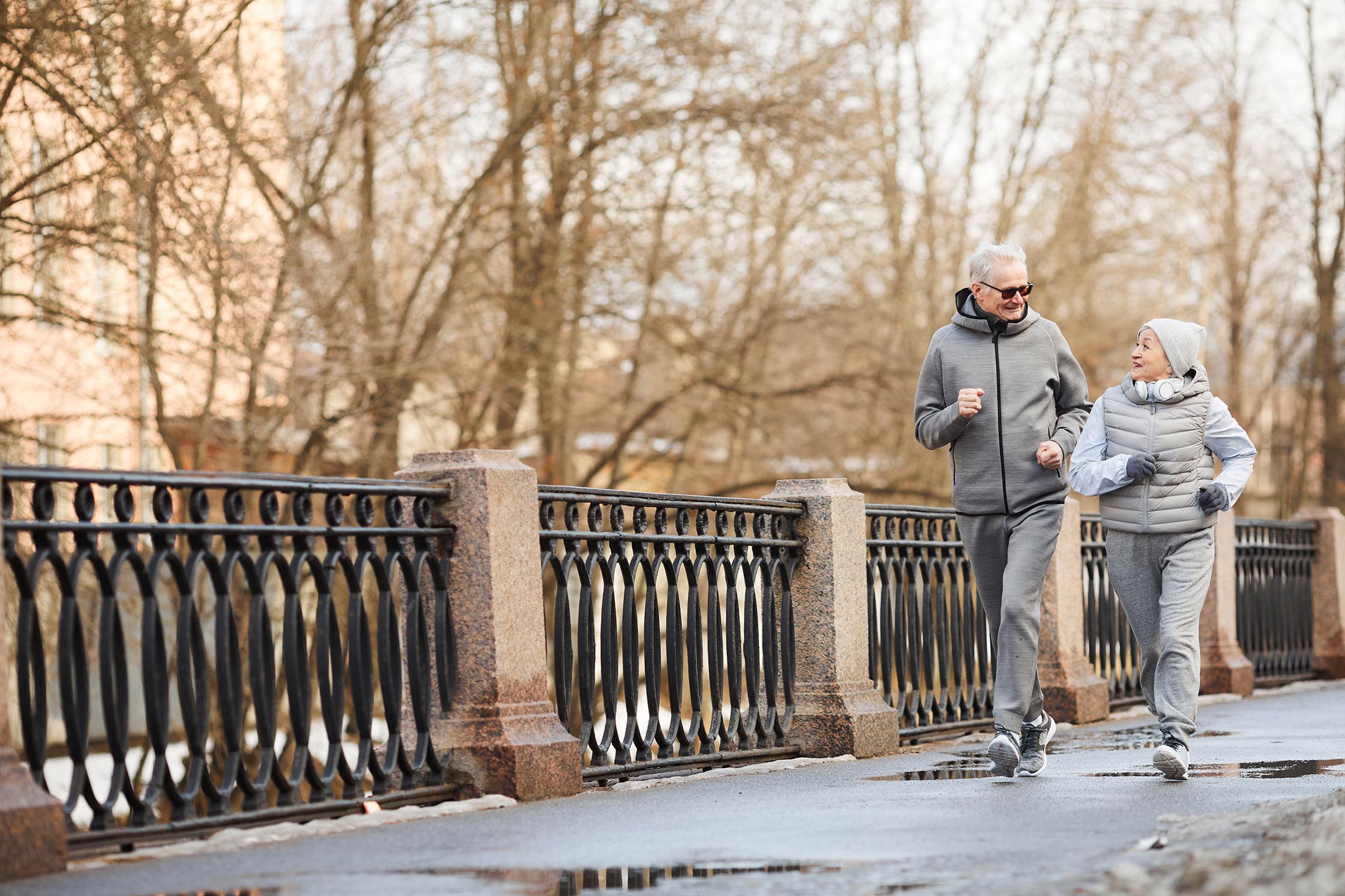
Walking to Prevent Chronic Diseases
Daily walking reduces the risk of heart disease by 35% to 50%. Additionally, walking with diabetes naturally reduces blood sugar levels and helps maintain cognition, preventing memory loss. Researchers found that walking five times a week for one year improved blood flow for the brain, balance, memory, and cognition in older adults with mild cognitive impairment. Low-impact activities and exercises help reduce joint pain, maintain joint elasticity, and reduce pain from infections and other chronic joint problems.
Mood and Longevity Benefits of Walking
Walking for 15 minutes improves mood and may prevent accidental diseases compared to those who stay at home and do not engage in any physical activity or exertion. Walking also helps keep older people longer and healthy, enabling them to rely on themselves and feel safe and stable in everyday life.
Tips for Successful Walking
Before starting a walking program, it is essential to consult a doctor, especially for those with underlying health problems. Additionally, fitness routines must meet specific needs, even if it is a low walking activity with low intensity. When starting a walking program, it is essential to wear the right clothes for the weather and quality footwear with proper size and brackets to support the feet and shock absorbers. Warm-up and cool-down periods are essential, and beginners should start with low intensity walking for 5-7 minutes before gradually increasing speed and duration to 15 minutes. Relaxation and stretching exercises are also essential after a quick walk to return the heart, circulation, and muscles to normal.
Walking with a friend or colleague provides motivation, enjoyable social conversation, and additional social interaction, improving public health. Walking also provides numerous benefits, including a lower risk of depression, longer life, and increased security. It is always preferable to carry a fully charged mobile phone and water while walking to use for accidents and emergencies and maintain the body's moisture.
Conclusion
Walking is an ideal sport for older people and those with other health problems. It is a simple and effective way to improve overall health, both physically and mentally. By incorporating walking into daily routines, individuals can reap numerous benefits, such as preventing chronic diseases, improving mood, and increasing longevity. With proper planning, walking can be an enjoyable and sustainable form of exercise, providing numerous benefits for the elderly and people of all ages.
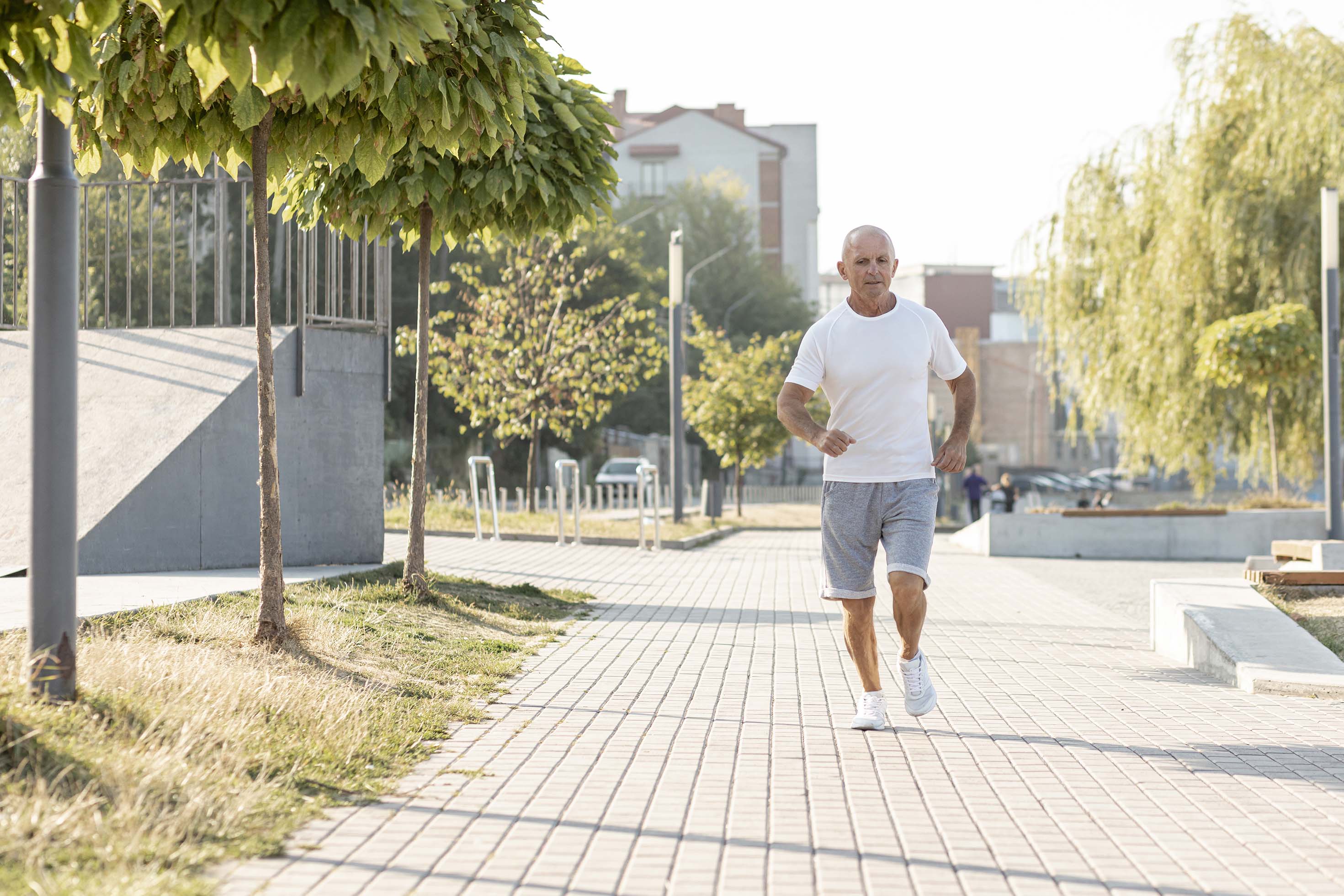
The following walking plan consists of four weeks of gradually increasing the frequency and intensity of walks for older adults or beginners.
Week 1:
- Walk 3-4 times per week
- Total walking time: 15 minutes
- Warm up slowly for 5 minutes
- Walk at a moderate speed for 5 minutes
- Slow down for 5 minutes
Week 2:
- Walk 3-4 times per week
- Total walking time: 17 minutes
- Warm up slowly for 5 minutes
- Walk at a moderate speed for 7 minutes
- Slow down for 5 minutes
Week 3:
- Walk 3-4 times per week
- Total walking time: 19 minutes
- Warm up slowly for 5 minutes
- Walk at a moderate speed for 9 minutes
- Slow down for 5 minutes
Week 4:
- Walk 3-4 times per week
- Total walking time: 21 minutes
- Warm up slowly for 5 minutes
- Walk at a moderate speed for 11 minutes
- Slow down for 5 minutes
Note that two minutes will be added to the moderate speed walks each week, leading to a total of 30 minutes of walking per session (recommended by fitness experts) by the end of two months. Eventually, the number of walks per week can be increased to 5-7 to meet the weekly recommended amount of exercise and sports activities for maintaining respiratory cycle endurance.
However, it is important to exercise caution while walking to prevent accidents and injuries that may occur during any physical activity. Injuries such as tendinitis, leg aches, toe ligament strains, and foot cramps are likely due to excessive or strained walking, which can lead to pain, numbness, and reduced mobility.
These are some recommendations to prevent accidents and injuries in walking:
- Wear special shoes suitable for sports walks (quality-mastered), and choose cloth socks with the ability to absorb sweat, keep the feet dry, and prevent the appearance of inflammation and blisters.
- Wear the right clothes (summer-winter) to maintain body and head heat.
- Maintain healthy nutrition (quantity-quality) by consuming vegetables, fruits, and liquids, especially water, to prevent dehydration.
- Use ice and coolers to massage the feet when pain emerges after walking, reducing pain and the risk of infection.
- In case of physical pain, shortness of breath, dizziness, chest pain, irregular heartbeat, or persistent skin sores, immediately consult a doctor. These symptoms, especially foot pain, are expected at the beginning of the program.
